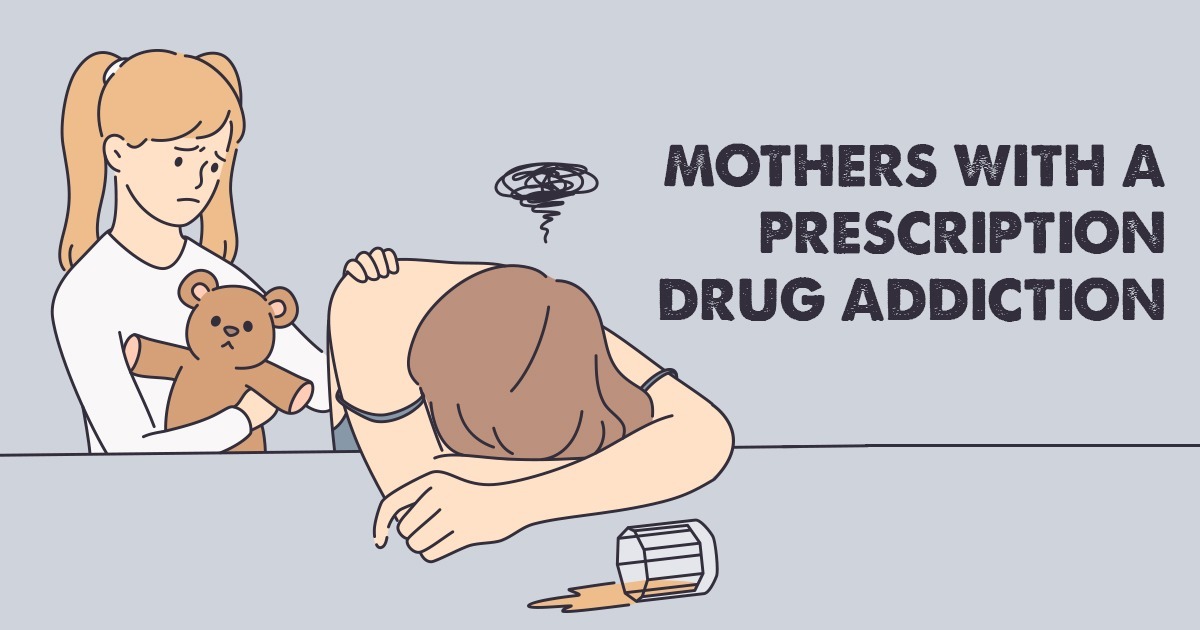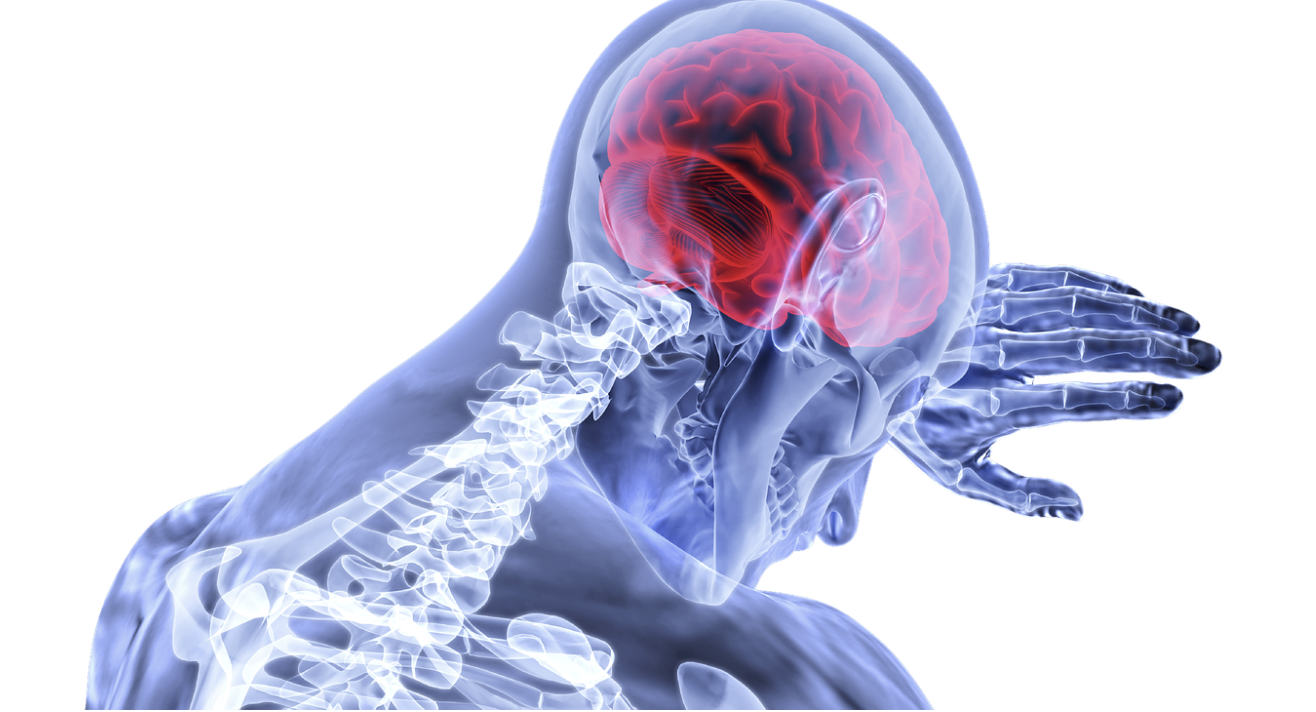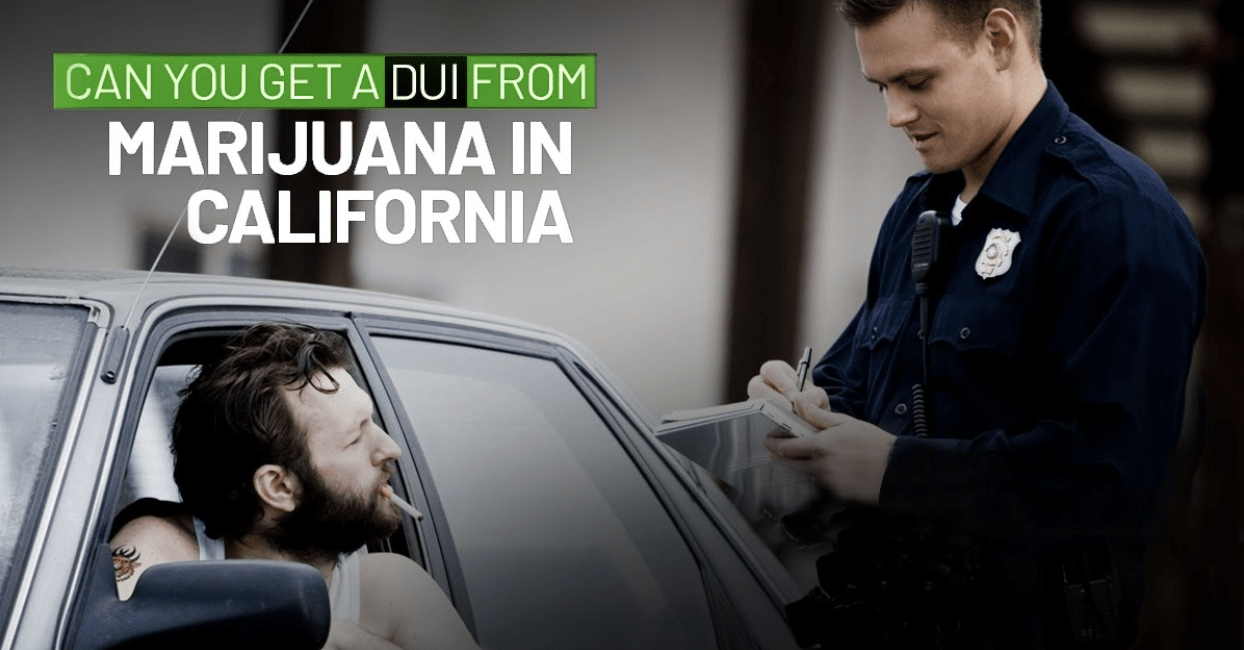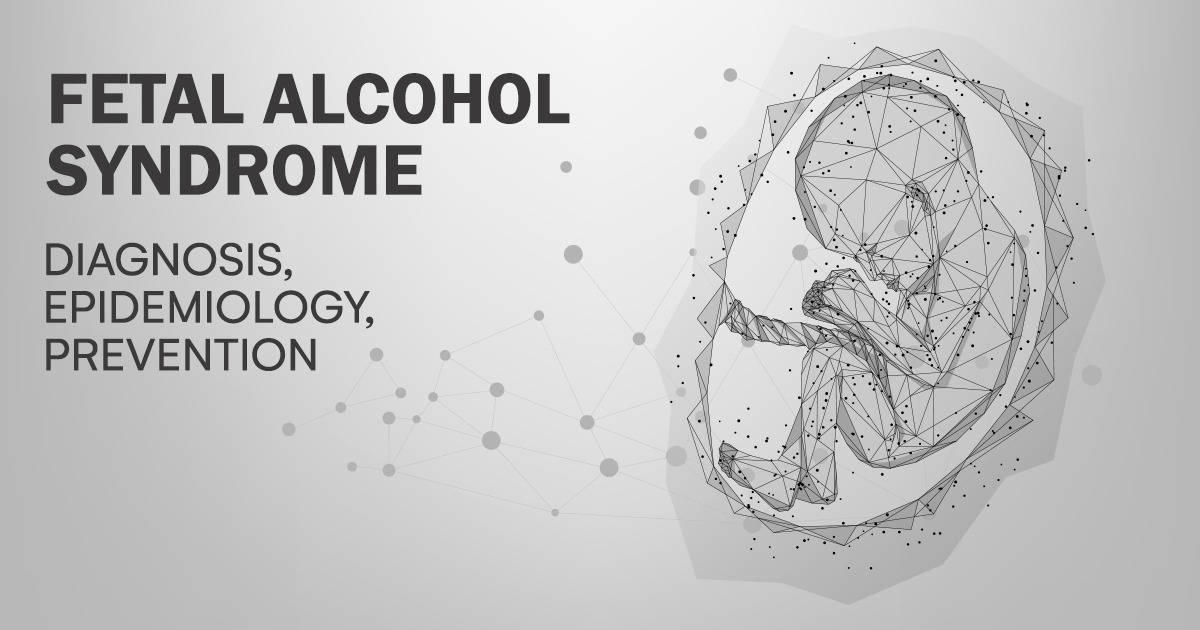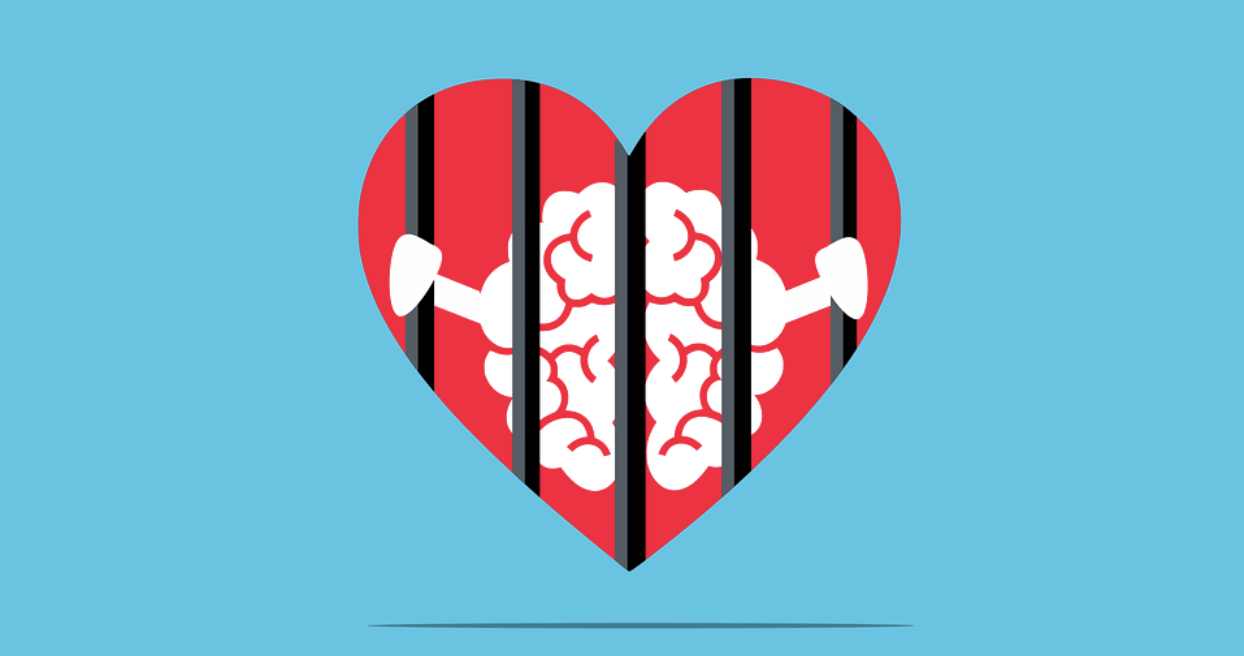
When you’re a woman struggling with an addiction to drugs or alcohol, knowing you need help is such a critical, life-saving first step. That first step of searching online for “rehab near me” is probably the most important of your entire journey to recovery.
However, once you do get treatment, it’s essential to manage your expectations. A life in recovery requires comprehensive initial treatment that’s appropriate for your mental and physical health needs.
The treatment itself is usually a series of steps, and among those steps can be aftercare planning. For some people, aftercare may be as simple as checking in with a therapist regularly or managing your medication. For others, you may go to an aftercare facility following your time in an inpatient rehab facility.
Below, we’ll give you an overview of what to know about the treatment options and process and how an aftercare facility potentially fits into that. We’ll also cover what you should know to choose a suitable aftercare facility for you that will reduce your risk of relapse and support your life in long-term recovery.
Types of Treatment for Drug and Alcohol Addiction
When you receive a substance use disorder diagnosis, you may decide that addiction treatment is the right step for you. Addiction treatment is the best first step you can take to help maintain a life that’s free of drugs or alcohol.
There’s more to rehab than that, however.
During rehab, you learn strategies to deal with stress and avoid a relapse. You also learn coping skills and how to rebuild or have healthy relationships. The environment in addiction treatment centers supports your desire to stay sober with support from staff and peers.
Types of addiction treatment and levels of care include:
- Detox: When you use drugs or alcohol, your body and brain may be dependent on them. During medical detox, which is often part of rehab programs, you undergo medically supervised withdrawal. Once you complete detox, you can begin rehab and treatment with a clean slate and a clear head.
- Long-term residential treatment: These inpatient rehab center programs will provide around-the-clock care but outside a hospital setting. Many long-term treatment facilities follow a therapeutic community model. Someone in a long-term treatment program might live onsite for 6 to 12 months. These programs are generally suitable for someone who’s tried other programs and relapsed or with a severe, long-term substance abuse disorder and co-occurring mental health issues.
- Short-term residential treatment: Much more common for most people is a short-term program. These residential treatment centers are still intensive, and they often follow the approach of a 12-step program, with some modifications, along with other evidence-based treatments.
- Outpatient rehab: An outpatient treatment program may be something you can participate in first if your addiction is mild or shorter-term, on your road to recovery. You might also do an outpatient program after inpatient rehab as part of your aftercare plan. Outpatient rehab programs vary in intensity and services offered quite a bit. For example, an intensive outpatient program (IOP) is very similar to a residential program.
- Counseling: Individual therapy and behavioral therapy is something that’ll be a pivotal part of your life in recovery. You’ll begin counseling in treatment, or they do counseling instead of a rehab program for some people. Then, you’ll likely continue that counseling over the long term to maintain your recovery in a group or individual setting.
What Is Aftercare?
Addiction is a chronic and sometimes relapsing disease, according to the Mental Health Services Administration. As with other chronic illnesses, management of the symptoms is a long-term process. You’ll continue working on your recovery and relapse prevention after leaving an addiction treatment program on an inpatient basis.
When you’re choosing a treatment program, aftercare should be part of your long-term recovery plan. Aftercare is a broad term, and it can refer to any ongoing care you receive after rehab. Types of aftercare include:
- 12-step meetings or other support groups
- Counseling and therapy
- Outpatient rehab or care
- Sober living
- Participation in an alumni program through a rehab center
When you have a solid aftercare plan in place, it helps you proactively prepare for what your life in recovery will look like. You’ll be more able to deal with challenges and common triggers that come your way in your recovery because you’ll already have solutions in mind.
Having an aftercare plan in place early in your recovery program is one of the most effective ways to prevent relapse and promote personal growth.

What Should Be In an Aftercare Plan?
It’ll be up to your therapists, counselors, and case managers to help choosing an aftercare facility as part of individualized treatment plans.
Some of the things that are considered or should be included and talked about for your recovery process include:
- Will you need continued residential treatment? In some cases, continuing into a more structured environment, like an aftercare facility or sober living home, could be optimal for you.
- Will you need help with employment and reconnecting to society?
- What’s your home and family life like? What kind of situation will you be returning to?
- What are the resources available in your local community?
If you don’t have a safe home and a sober environment, for example, then your treatment team will work to help you find a sober living facility.
Aftercare can last for weeks after your treatment. It can also last for months or more than a year.
Sober Living Facilities
Sober living facilities and homes can be a valuable part of the recovery and treatment process to improve success rates. Suppose you were to leave inpatient rehab and return to an environment with drug or alcohol use present. In that case, it’s going to raise the likelihood of a relapse of your addictive behavior significantly.
A sober living or aftercare facility gives you a place to get comfortable with your new life in a drug and alcohol-free environment. The goal of an aftercare facility or sober living home is to make sure you have a supportive environment to serve as a transitional bridge to living independently.
When you’re in an aftercare facility or sober living home, you are required to avoid drugs and alcohol. You actively work on your recovery. There are facility or house rules to follow. For example, you may have to perform certain daily chores and follow a curfew.
The benefit of an aftercare facility that’s residential is that you can explore what it’s like to experience real-world challenges and stay sober, but you do have a safety net to fall back on.
Many individuals in recovery who participate in aftercare programs that are residential also work or volunteer.
Other Aftercare Support Programs
Even if you don’t live in an aftercare facility, choose a rehab center with specific aftercare programs available. Aftercare that takes place on an outpatient basis is also helpful for effective treatment.
The fundamental objective of aftercare is to help you stay on the path you created in drug addiction treatment or at an alcohol rehab center.
When you initially look for a treatment program, ask early on about how they approach aftercare. Learn more about the framework for aftercare and the resources that will be available to you.
We encourage you to contact the team at Anchored Tides Recovery by calling 866-600-7709 with any other questions you might have about choosing treatment centers or choosing an aftercare facility, finding a rehab near you, or life in recovery.

